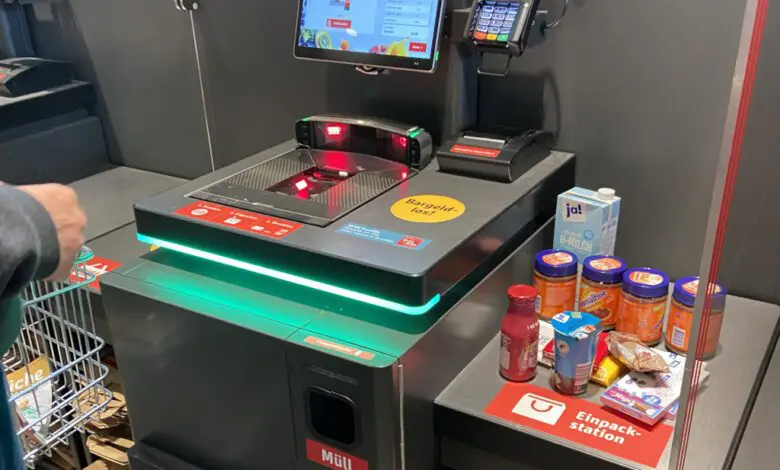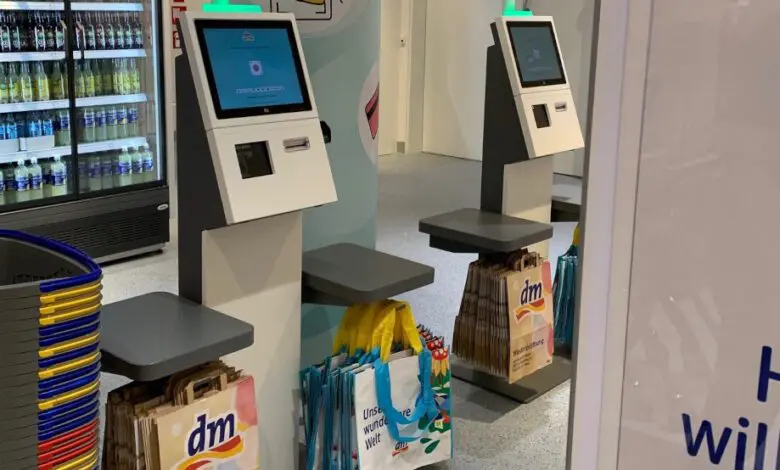Following many years of cooperation, Dutch instore technology provider Pan Oston has taken over all shares of Swiss POS hardware specialist 4POS AG as of 1 December 2022. Both companies will nevertheless continue to serve the European market under their own brands and with their respective employees.
Read more >>Verifone
dm Drogeriemarkt is currently testing self-checkouts from Pan Oston in four selected stores in Germany. At the self-checkouts, customers can only pay with credit or giro cards. The Karlsruhe-based company confirmed to Retail Optimser that around 100 more dm stores in Germany will also be equipped with self-checkouts this summer.
Read more >>

